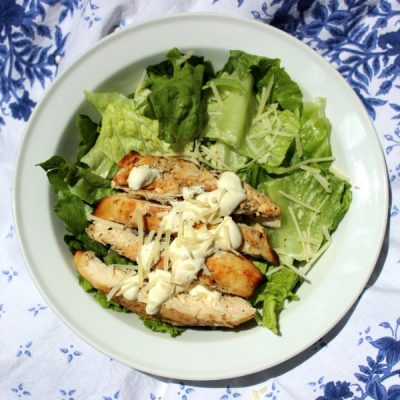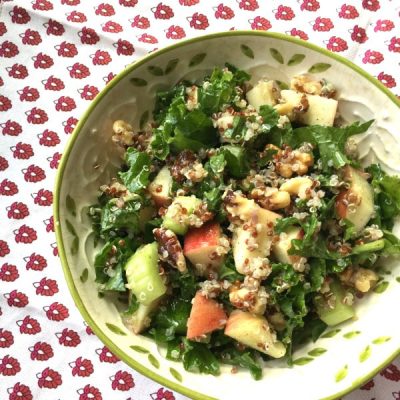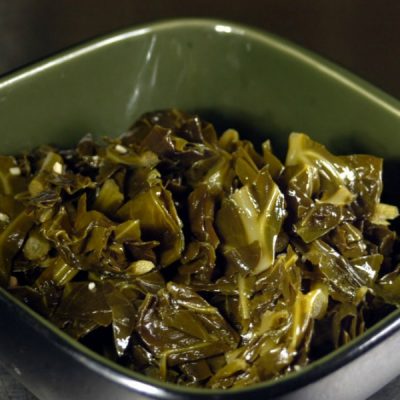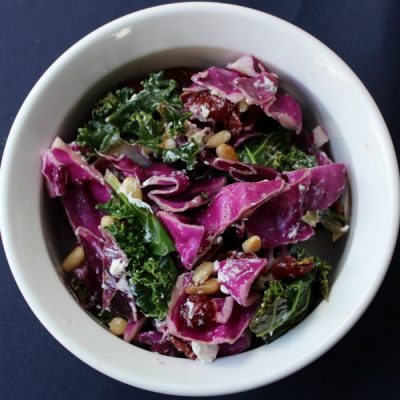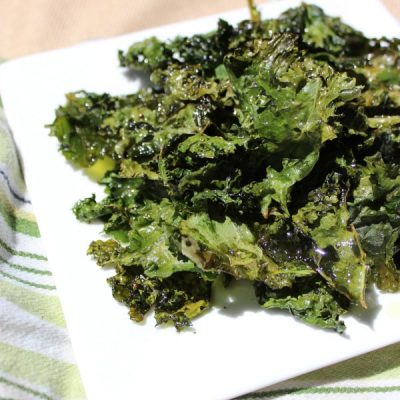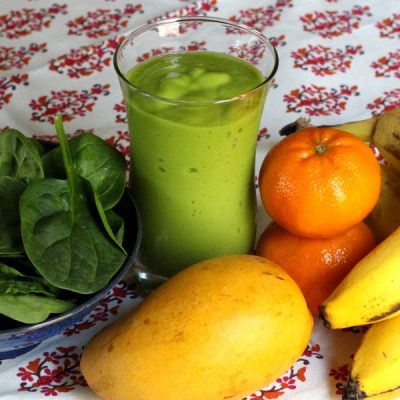Green leafy vegetables have key nutrients such as Vitamin A, Vitamin C, Calcium, Potassium and Fiber. Try these tips for buying, storing, and cooking green leafy vegetables.
Choose the Freshest Greens
- Look for moist, crisp greens with rich color.
- Avoid those that are yellowish or brownish or have slimy leaves.
- Greens can go bad quickly! So only buy what you can use in a short amount of time.
| If the leaves appear wilted, you can cut them into pieces and place them in a large bowl of water for about an hour. They will often plump up and be fine to eat. |
Storing Greens
- Wrap washed greens in a paper towel and place in a plastic bag. Keep in the coldest part of the refrigerator.
- Plan to eat greens within 1-4 days after you buy them.
Washing Greens
- Remove leaves from thick stems and place in large bowl of cold water. Swish them around then remove leaves (do not drain using a strainer because you will mix the dirt back in) and discard water.
- Repeat until no more dirt appears in the bowl. Pat with towel or paper tower.
Freezing Greens
- Greens like spinach, Swiss chard, and kale can be frozen, but you must blanch them first and place in a zip-top freezer bag or other airtight container.
*Blanching means to place foods in boiling water for a short amount of time (a few seconds to 1 minute depending on the vegetable)
Make Kale Tender and Less Bitter
Kale can taste bitter. By massaging kale leaves with citrus juice and olive oil, you can make a kale side dish with a tangy kick. Just follow these three steps:
- Add 1 tsp of lemon or lime juice
- Add 1 tsp olive oil
- Massage ingredients into leaves with your hands
Cooking Greens
- Greens can be added to soups and stews, eaten raw in salads or juiced with other greens and vegetables.
- You can cook greens by steaming, boiling, or microwaving.
| When microwaving, cook for 2 minutes for every 2 cups of greens. Make sure to use a microwave safe bowl and cover the greens with a damp paper towel. |
